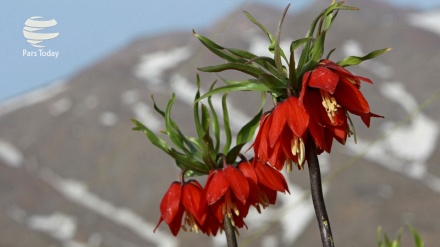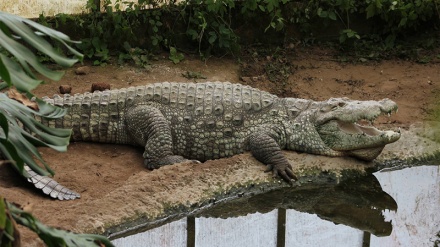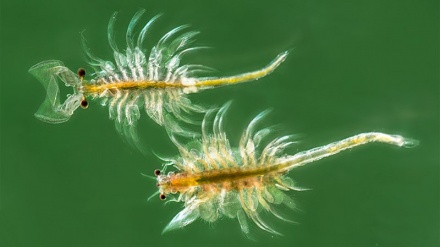Iran’s rare animal and plant species (3)
One of the rare animal species that live in Iran is Persian caracal. Caracal is one of the heaviest and fastest, small feline species in the world. It maintains long, black hairs on its ears.
Caracal should not be mistaken for another feline type referred to as Lynx. Due to the high resemblance of caracals with lynx, they were placed under the category of the feline type, lynx, for a long while, while even the Persian caracals were long referred to as Lynx in a number of European languages. However, currently, this is not the case.
Caracals usually weigh between 16-22 kilograms. Their body length varies from 55 to 90 centimeters; while their tails stand at 22 to 34 centimeters. Moreover, the height of their shoulders totals 40-45 centimeters from the ground. Male caracals are relatively larger than female caracals. The color of this animal’s skin varies between dark red, grey, and black. Caracal kittens have red spots in their lower body parts and are darker in color compared to adult caracals. The jaws, necks, and lower limbs of caracals are white in color, while a black strip extends from the corner of their eyes up to their nose. They maintain a small face and long ears, which are covered with tall, black hair. Caracals’ ears are larger than the ears of other feline species. Caracal’s ears are supported by twenty different muscles. Their sensitive sense of hearing grants them an edge in their search for prey.
Caracals live in a vast number of dry regions. They hunt their prey by lurking and jumping on them. They usually choose prey, which weigh less than five kilograms, such as rabbits, mice, and birds. They are the smallest feline type that maintains the ability to hunt larger animals. In such cases, they jump on their prey, slashing the prey’s throat. Animals such as antelopes, goats, and baby ostriches fall prey to caracals. After hunting larger animals, caracals eat their meat. Meanwhile, the skills of caracals in hunting birds are praiseworthy. Caracals can catch a number of birds by jumping in the air. Caracals can live a long period of time without water. They can run a distance of hundred kilometers, and are most active early in the morning and close to sunset. They rest in mid-day and upon nightfall. In the winter season, they go to further regions due to shortage of prey and can tread up to a hundred kilometers in search of food. They usually rest and sleep in tree holes, underneath rocks, and in the middle of plants. In every birth delivery, caracals give birth to three to four kittens. Their mating season is in early winter, and pregnancy of female caracals takes seventy days. Kittens open their eyes ten days after birth. Kittens eat meat, four to six months after their birth, and become independent at the age of ten months. They reach puberty 15 months after birth.
Persian caracals live in dry and semi-dry regions. The southernmost habitat is the city of Estahbaan, and their northernmost habitat is North Khorasan Province. Persian caracals have also been spotted in western Iran including Lorestan Province, and in eastern Iran, such as South Khorasan Province.
Unfortunately, caracals are in a dire status quo and have been included within the red list of the threatened species of the International Union for Conservation of Nature (IUCN) as the consequence of spread of diseases among them; and destruction of their habitats. Thus, the Islamic Republic of Iran’s scientists have carried out extensive studies and especial measures to protect this rare animal.
MR/ME


